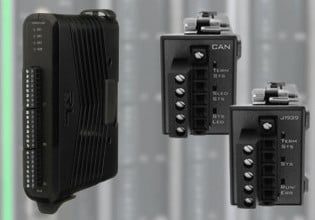I am a maintenance electrician and have a good knowledge of electronics the issue is that the machine I am working was built in the 1970s.
The variable speed control is from 3 phase AC input to a DC output to drive the DC motor. When the first broke down I checked the control board there a number of swollen capacitors on the control board I replaced those and the machine come back to life and the current draw also dropped.
Everything seemed good as far as operation when but now there is a report that the machine has stopped and I am on my way back to Auckland to find out the reason why. The unit from what I can gather uses SCR control to regulate the speed and torque but a schematic would be a real help. The machine is a Bettol Twin-screw extruder of plastic materials.
The variable speed control is from 3 phase AC input to a DC output to drive the DC motor. When the first broke down I checked the control board there a number of swollen capacitors on the control board I replaced those and the machine come back to life and the current draw also dropped.
Everything seemed good as far as operation when but now there is a report that the machine has stopped and I am on my way back to Auckland to find out the reason why. The unit from what I can gather uses SCR control to regulate the speed and torque but a schematic would be a real help. The machine is a Bettol Twin-screw extruder of plastic materials.






